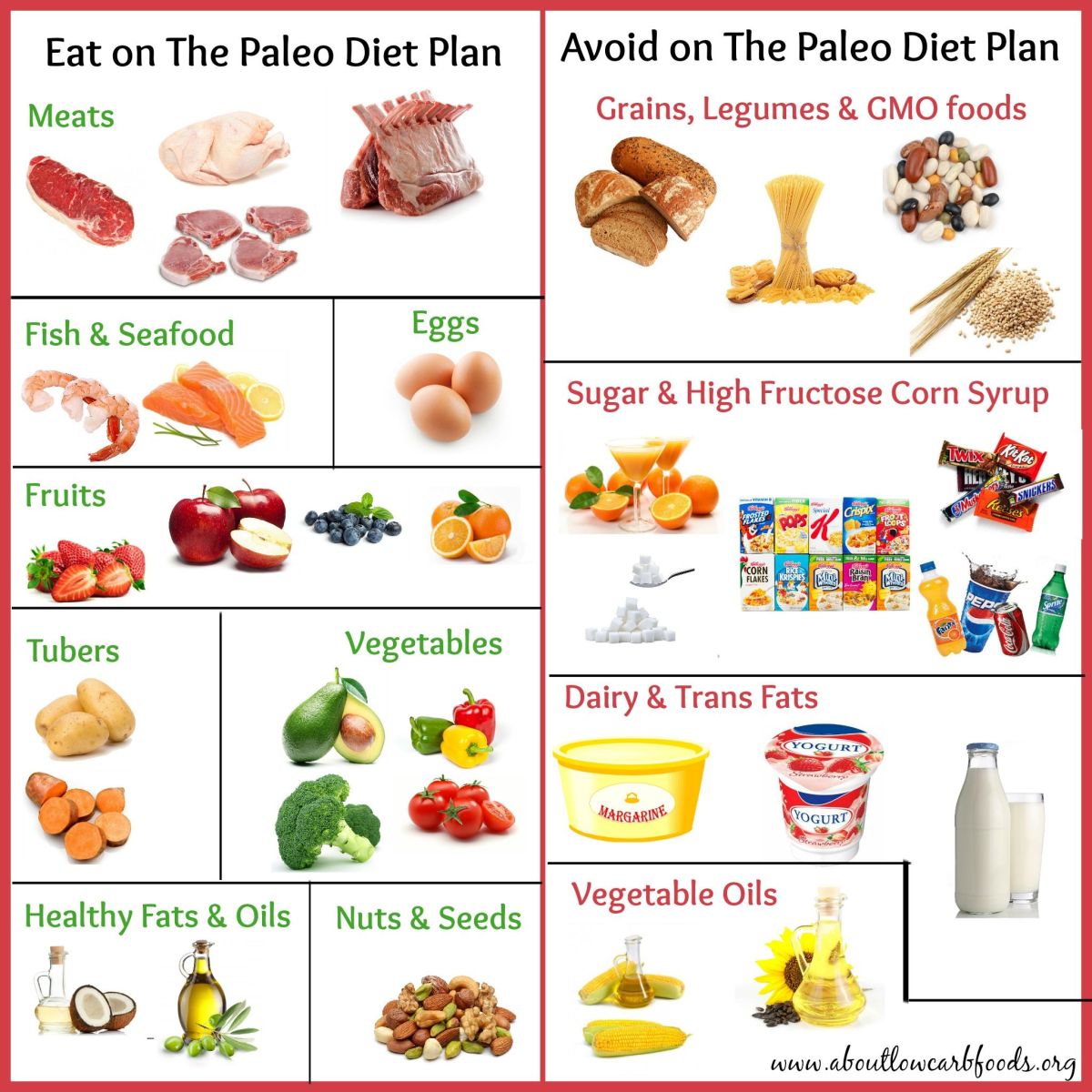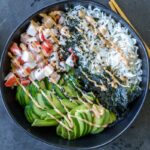Embark on a culinary adventure with our guide to the Paleo diet! Imagine vibrant plates brimming with nutrient-rich foods, bursting with flavor and simplicity. This isn’t about restrictive deprivation; it’s about rediscovering the joy of wholesome eating. We’ll unravel the core principles of the Paleo diet, guiding you through easy-to-follow recipes that will transform your kitchen into a haven of healthy delights. From quick breakfasts to satisfying dinners, we’ll equip you with the knowledge and tools to seamlessly integrate this ancient eating style into your modern life.
Prepare to explore a world of delicious possibilities, where lean proteins, colorful vegetables, and wholesome fruits take center stage. We’ll cover everything from crafting a personalized grocery list to mastering simple yet impressive recipes. Say goodbye to complicated meal planning and hello to a revitalized you, fueled by the power of Paleo.
Adapting Your Lifestyle to the Paleo Diet

Embarking on the Paleo diet is a significant lifestyle change, but with careful planning and a positive mindset, the transition can be smooth and rewarding. Success hinges on understanding the gradual shift required, managing potential challenges, and integrating the diet into your daily routine seamlessly. This section will equip you with practical strategies to navigate this journey effectively.
Transitioning to a Paleo Diet
A sudden, drastic shift to the Paleo diet can be overwhelming. Instead, consider a phased approach. Begin by gradually eliminating processed foods, sugary drinks, and grains from your diet. Each week, introduce more Paleo-friendly options, such as fruits, vegetables, lean proteins, and healthy fats. This gradual process allows your body to adjust and minimizes the risk of experiencing intense cravings or digestive upset. For example, you might start by replacing one meal per day with a Paleo-compliant option, then gradually increase the number of Paleo meals until you’re consistently following the diet. This method reduces the shock to your system and increases the likelihood of long-term adherence.
Overcoming Common Challenges
Cravings are a common hurdle. To manage them, focus on consuming nutrient-dense foods that satisfy hunger and provide lasting energy. Prioritize lean protein, healthy fats, and fiber-rich vegetables to keep your blood sugar stable and minimize cravings. Staying hydrated is crucial; sometimes thirst is mistaken for hunger. When facing social situations involving non-Paleo foods, plan ahead. Bring a Paleo-friendly dish to share or choose restaurants with options that align with your dietary choices. Remember, you don’t have to be completely rigid; occasional indulgences are manageable if approached mindfully.
Incorporating Regular Exercise
Regular exercise is an integral part of a healthy Paleo lifestyle. The diet itself provides the fuel for sustained energy levels, making physical activity more enjoyable and sustainable. Choose activities you enjoy, whether it’s hiking, swimming, weightlifting, or yoga. Aim for at least 30 minutes of moderate-intensity exercise most days of the week. The increased physical activity will further enhance your overall well-being, complementing the benefits of the Paleo diet. For instance, a daily brisk walk can be easily incorporated into your routine, while weekend hikes offer a more intense workout.
Effective Meal Planning
Effective meal planning is essential for maintaining consistency and avoiding dietary pitfalls. Begin by creating a weekly meal plan, incorporating a variety of Paleo-friendly foods. This proactive approach helps prevent impulsive unhealthy food choices. Prepare meals in advance, such as cooking a large batch of chicken or preparing a substantial salad, to have healthy options readily available throughout the week. This reduces the temptation to resort to quick, less healthy alternatives when time is short. Consider using a meal-prep container system to organize and portion your meals for easy access and consumption. Visualizing your meals for the week, perhaps by creating a simple chart, helps with planning and adherence.
Mastering the Paleo diet is a journey, not a race. With our easy-to-follow recipes and practical advice, you’ve taken the first step towards a healthier, more vibrant you. Remember, consistency is key. Embrace the deliciousness of this ancient eating style, and celebrate the positive impact it has on your energy levels, overall well-being, and your relationship with food. Enjoy the journey of discovering a renewed sense of vitality through the power of Paleo eating!
FAQ Overview
What are the potential downsides of a Paleo diet?
Potential downsides include potential nutrient deficiencies if not carefully planned, high cost compared to other diets, and the potential for social challenges when eating out.
Can I still eat out while following a Paleo diet?
Yes, but it requires careful planning and choosing restaurants with options that align with Paleo principles. Look for grilled meats, vegetables, and salads, and be mindful of sauces and dressings.
How much exercise is recommended on a Paleo diet?
The amount of exercise depends on individual goals and fitness levels. Aim for a balance of cardio and strength training, ideally most days of the week.
Is the Paleo diet suitable for everyone?
While generally healthy, it’s crucial to consult a doctor or registered dietitian before starting any new diet, especially if you have pre-existing health conditions.


